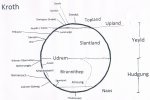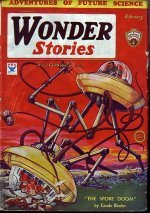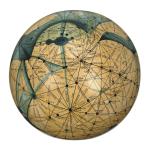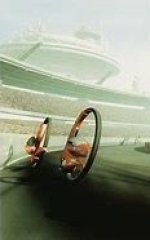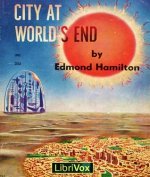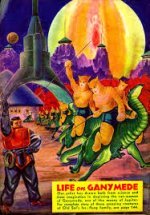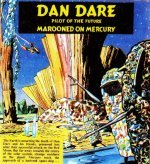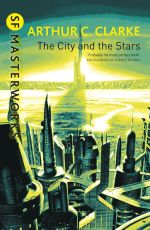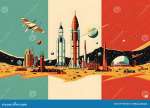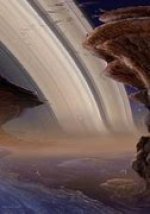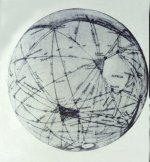edmond hamilton's
the valley of creation:
a new discovery of focus
by
antolin gibson
It may be a failing of my own, a sign of superficiality as a reader, but I tend to try at least to get the hang of a writer’s oeuvre, get a feeling for the scope of creative perspectives, and then sit back, smugly thinking that I know broadly speaking the parameters in which the writer’s gifts are likely to work. And, when I come to think of it, it is rare I come upon a drastic change of focus in a writer’s oeuvre, a writer I thought I knew well and had ‘got the hang of’ – rare I come across a sea-change into something rich and strange and completely untypical.
Behold Edmund Hamilton’s The Valley of Creation!
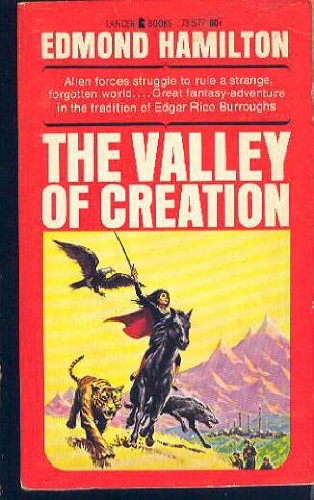
This really was a surprise for me. Hitherto I have entered this author’s Solar System - of Captain Future – extended into the galaxy of Starwolf but still not untypical of style, background, and themes, knowing that I am going to be carried along breathlessly, exuberantly, with little time for introspection. I love it. I settle down into First Class and enjoy the ride.
But as I began The Valley of Creation, I wondered – is this the Edmund Hamilton I thought I knew, and love? The main character, the hard-bitten introspective Nelson, with dreams of his boyhood in Ohio, his youthful innocence before the mercenary life, and the background of the tale - the Chinese Civil War and a hitherto undiscovered civilization in the mountains, the Valley of L’Lan. Hints of Rider Haggard, hints of Hemingway. Not much to do with Edmund Hamilton?
To be sure - most untypical. I thought, however, that things were re-focusing, ‘Hamilton-esque’, with the emerging struggle between the Humanites and the Brotherhood of the Clans, Man versus Beast. Just as Captain Future is pitted against one or another evil movement in the Solar System, one or another Evil Master Mind, clearly the Guardian in The Valley of Creation fitted into this character, and the Brotherhood fitted into the role of the wicked movement he controlled.
But then there is the sea-change! Nelson’s metamorphosis into a wolf.
And then my assumption that I had ‘got the hang’ of this writer was blown to bits. Nelson sees the world, and his assumed scheme of values, prejudices, in a wholly new way. It is rather the Metamorphosis of Kafka’s Metamorphosis, than a more-or-less routine event in the life of Captain Future! Nelson’s new sensations and perceptions as a beast are brilliantly described, his plunge into complete introspection, as well as his fight for survival. He sees minutely through the gaze of a wolf in the midst of the City of Anshan:
“It was a world without colour. A world of grey shadings, black and white. He could perceive objects clearly but he perceived them on a strange plane. His field of vision was low and horizontal and there was no perspective. The big shimmering glass gallery appeared as a flat picture painted on a grey wall.”
Chapter X
What follows is a superb exploration throughout the second half of the story of what it is like to think and feel like a wolf, but not only this, there is an empathy with all animal-life, such as the eagle, through whose gaze the Valley of Creation is seen:

He saw the whole valley of L’Lan spread out below him, so far down that the great trees of the forest appeared as a mere roughness of texture, like a tapestry thrown over the knees of the mountains. He saw the high crags of the barrier cliffs, leaping and thrusting up into the sky, tossing the cold winds from their shoulders in flying clouds of snow, exulting in the sun.
In imagination his lungs were filled with air that was thin and pure and more intoxicating than wine. He felt the surging strength of mighty wings and flung himself headlong into the buffeting, swirling gales that swept among the high peaks and fought them joyously as a swimmer fights the surf. He knew the long whistling rush of the swoop, the exquisite precision of the tilting wing, the excitement of the strike and kill.
All this, and much more. The gossip and the quarrels of the eyries, the time of mating and the young. The first flight, when the young untried wings plunge out into the blue gulf and beat and stagger and hold...
Chapter XII

The episode when the horses, set free, are led by the stallion Hatha, through the Humanite City of Anshan, is a tour-de-force:
Vengeance of the captive, of the slave, Nelson could see on their backs the marks of lash and club and on the necks the scars of the rope. They were fouled with stable dirt and dust and crusted blood, these who had bathed in mountain streams and combed their manes with the wind. And they were bitter for their vengeance.
And thus I realized, reading The Valley of Creation, that there was not only a new focus of descriptive power in this author’s work but also the appearance – wholly naturally and unaffectedly – of a parable, concerning man and beast. The redemption of the mercenary Nelson is intimately involved with this latter and evolving focus.
In The Valley of Creation, Edmund Hamilton pauses, untypically. In his other tales maybe his exuberant rush through adventure is his strength and such pausing of introspection would be anomalous.
But in The Valley of Creation his pausing is an extra strength and, one could say, he pauses on the whole idea of Creation.

